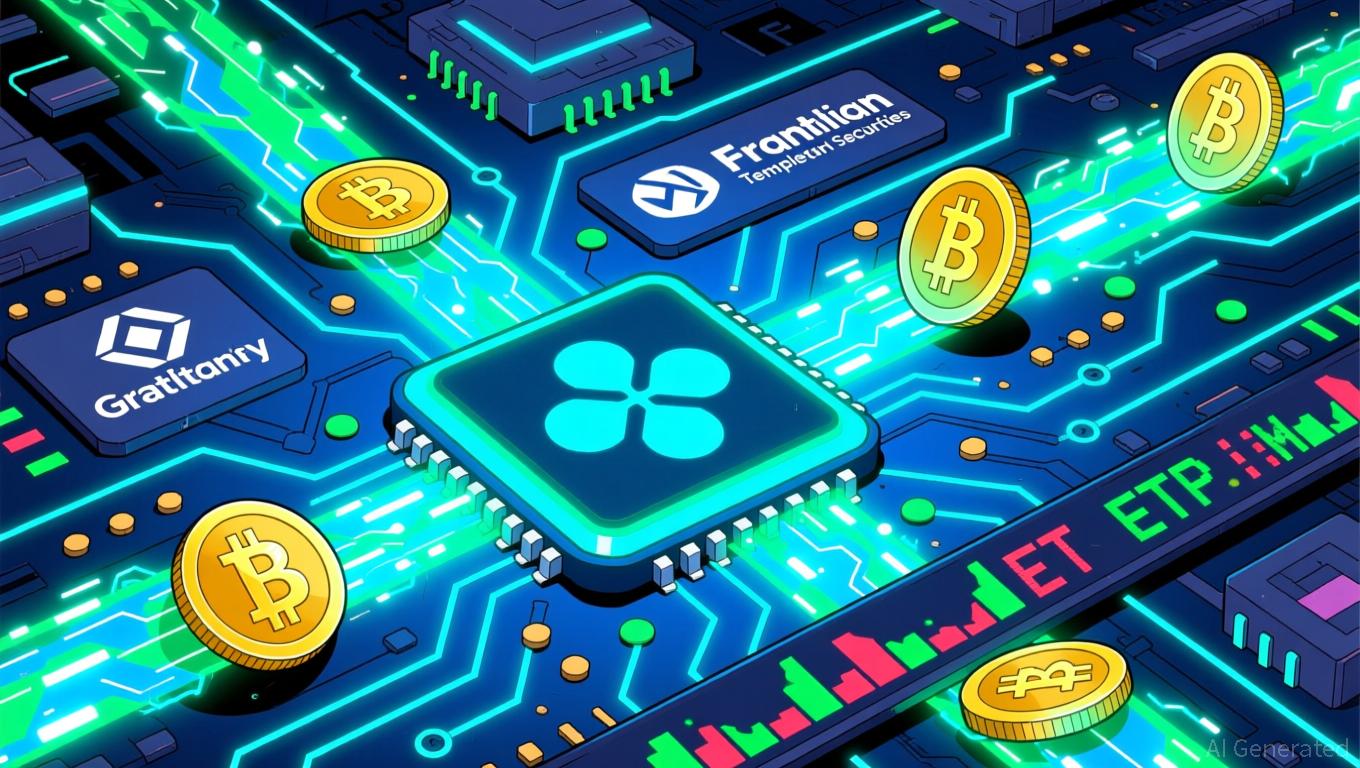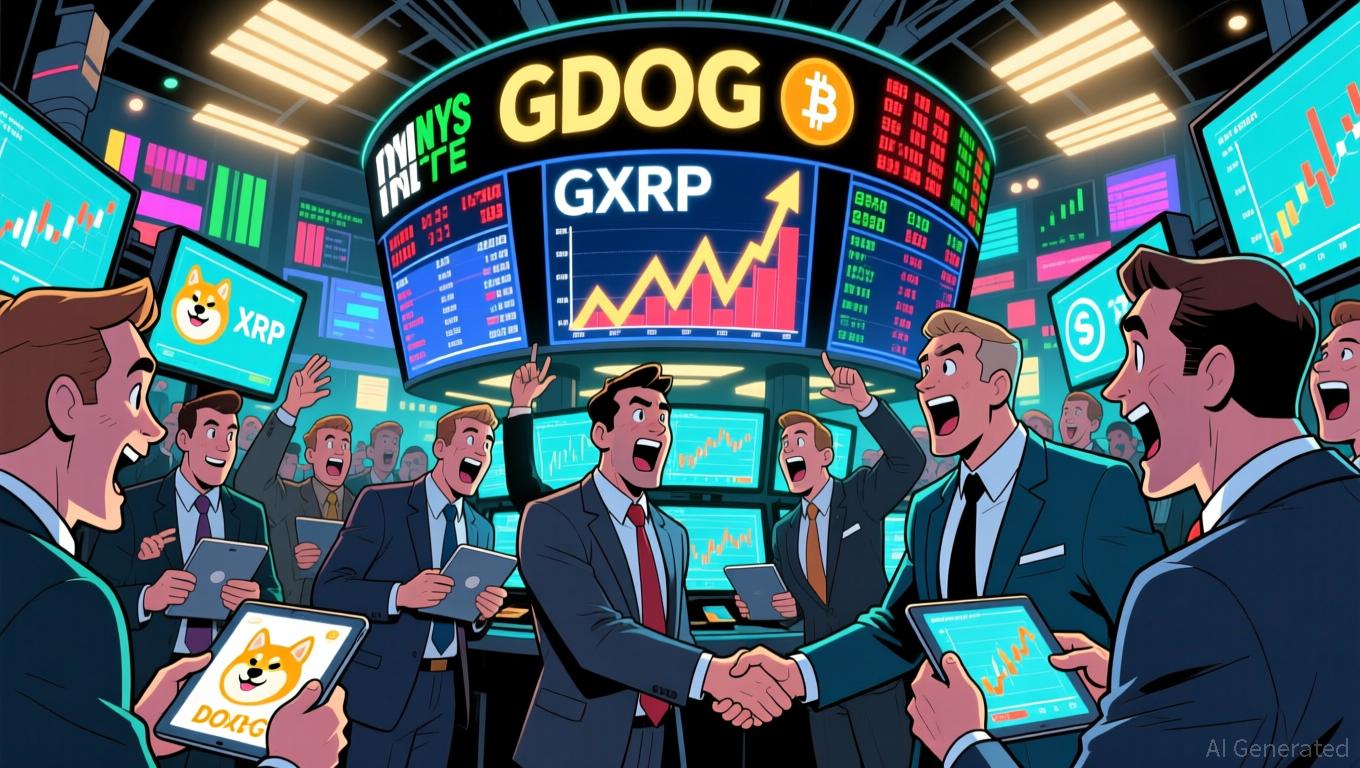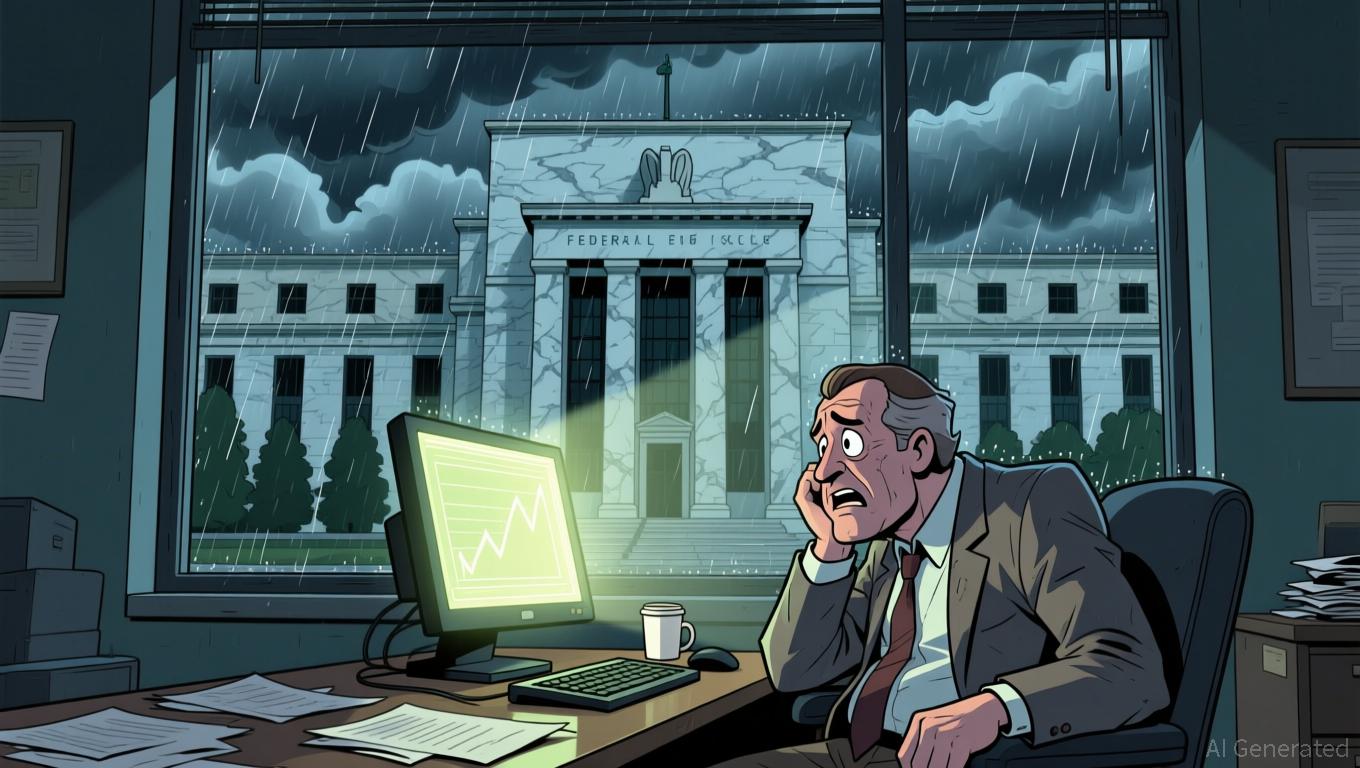TWT's Updated Tokenomics: Genuine Sustainability or Just Postponing Devaluation?
- Trust Wallet Token (TWT) rebranded as Toncoin in 2025, shifting from governance to gamified utility via the Trust Premium loyalty program. - A 2020 token burn eliminated 88.9B TWT (40% of supply), creating scarcity but raising liquidity concerns amid limited adoption incentives. - TNSR's market resilience contrasts with TWT's risks, as centralized utilities and opaque supply management threaten liquidity and institutional trust. - TWT's success depends on balancing gamified engagement with decentralized
Structural Changes: From Governance to Gamified Utility
In 2025, TWT’s tokenomics will shift focus from governance to gamified utility, launching the Trust Premium loyalty scheme. This program incentivizes users for activities such as swapping, staking, and holding
A pivotal part of this overhaul was the 2020 token burn, which removed 88.9 billion TWT from circulation—creating scarcity but also sparking liquidity concerns. By that year, more than 40% of TWT tokens were already available on the market, so the burn’s scarcity effect could be weakened if liquidity remains low. Some observers
Utility and Adoption: A Double-Edged Sword
The effectiveness of the Trust Premium model depends on attracting a large user base. If the program fails to reach enough participants, the token’s practical use—and its price—could remain limited. For comparison, staking rewards in 2024 averaged 18.5% for
TNSR’s recent performance during a market downturn provides a contrasting case. Its strong position in the
Liquidity and Transparency: Critical Gaps
Issues of transparency and liquidity remain unresolved. TWT’s tokenomics do not offer the same clarity as projects like Monad, which locks over half its supply at launch to support long-term objectives. In contrast, TWT’s less transparent approach to supply could discourage institutional investors, who value predictability
Liquidity challenges are further highlighted by TNSR’s recent situation. Following Coinbase’s purchase of Vector.fun, TNSR holders lost access to a key utility (Vector’s consumer app), turning the governance token into one with fewer practical uses. This led to increased selling and price swings, highlighting the vulnerability of tokens that rely on centralized platforms
TNSR Analogy: Lessons for TWT
TNSR’s adoption of open-source protocols and grant initiatives has broadened its revenue streams but also brought the risk of increased selling from large token distributions. TWT’s 2025 update must similarly find a balance between expanding utility and managing supply. For example, TNSR’s emphasis on real-world assets and AI-powered tools has added both complexity and execution risk
Conclusion: A Delicate Balance
TWT’s tokenomics redesign marks a strategic move toward value based on real utility, but its future depends on overcoming challenges in liquidity, transparency, and adoption. The gamification and scarcity elements are encouraging, yet they echo the vulnerabilities seen in TNSR’s post-acquisition decline. If Trust Wallet can maintain user momentum and align incentives with ecosystem development, TWT could sidestep the fate of purely speculative governance tokens. Still, without strong liquidity solutions and transparent practices suitable for institutions, these changes may only postpone a potential downturn.
Investors should keep an eye on critical indicators: Trust Premium’s user growth, staking involvement, and how TWT compares to TNSR’s track record. At present, TWT’s tokenomics walk a fine line between breakthrough and instability—a risk that could either yield rewards or falter under market stress.
Disclaimer: The content of this article solely reflects the author's opinion and does not represent the platform in any capacity. This article is not intended to serve as a reference for making investment decisions.
You may also like
DeFi's Automation Shortfall Addressed: Orbs Introduces dSLTP to Achieve CeFi-Grade Risk Control
- Orbs launches dSLTP, a decentralized stop-loss/take-profit protocol for DEXs, bridging CeFi automation with DeFi. - The protocol automates risk management via on-chain orders, reducing real-time monitoring needs during volatility. - Built on Orbs' Layer-3 infrastructure, it enhances DEX functionality with CeFi-grade tools while maintaining decentralization. - This innovation addresses DeFi's automation gap, potentially driving DEX adoption and institutional-grade on-chain trading.

XRP Latest Updates: XRP ETFs Enhance Market Liquidity, Large Holder Sell-Offs Postpone Price Increases to 2026
- XRP ETFs launched in late 2025 (e.g., Grayscale's GXRP) expanded institutional access, but whale sales delayed price gains until 2026. - XRP traded near $2.12 as 41.5% of its supply remains in loss, with whale-driven volatility and structural supply imbalances persisting. - Ripple secured $500M institutional backing for XRP Ledger infrastructure, while projects like XRP Tundra accelerated tokenization plans. - XRP trails Ethereum in market cap ($129B vs. $373B) due to lack of smart-contract capabilities,

Dogecoin News Today: Grayscale's Alternative Coin ETFs Indicate Change: Bitcoin Withdrawals Differ from Rising Interest in Altcoins
- Grayscale launches GDOG and GXRP ETFs on NYSE, offering direct exposure to Dogecoin and XRP via spot ETPs. - ETFs convert private trusts to public offerings, aligning with industry trends to boost liquidity and attract institutional capital. - GXRP competes with existing XRP products ($422M inflows), while GDOG follows DOGE's rise to 9th-largest crypto by market cap. - SEC's "Project Crypto" framework and FalconX partnership strengthen Grayscale's position in regulated altcoin investment vehicles. - Altc

Bitcoin Update: Federal Reserve Postponements and $1.2 Billion ETF Withdrawals Trigger 26% Drop in Bitcoin Value
- Bitcoin falls 26% to $83,000 amid Fed's delayed rate-cut timeline and $1.2B ETF outflows, marking its longest losing streak since 2024. - Analysts warn of structural risks, with Bloomberg's Mike McGlone projecting a potential $10,000 drop and Cathie Wood revising bullish 2030 forecasts. - Market volatility intensifies as JPMorgan's index exclusion proposal sparks crypto sector backlash and S&P 500 defensive sector shifts highlight interconnected risks. - Fed's December rate-cut speculation and upcoming i
